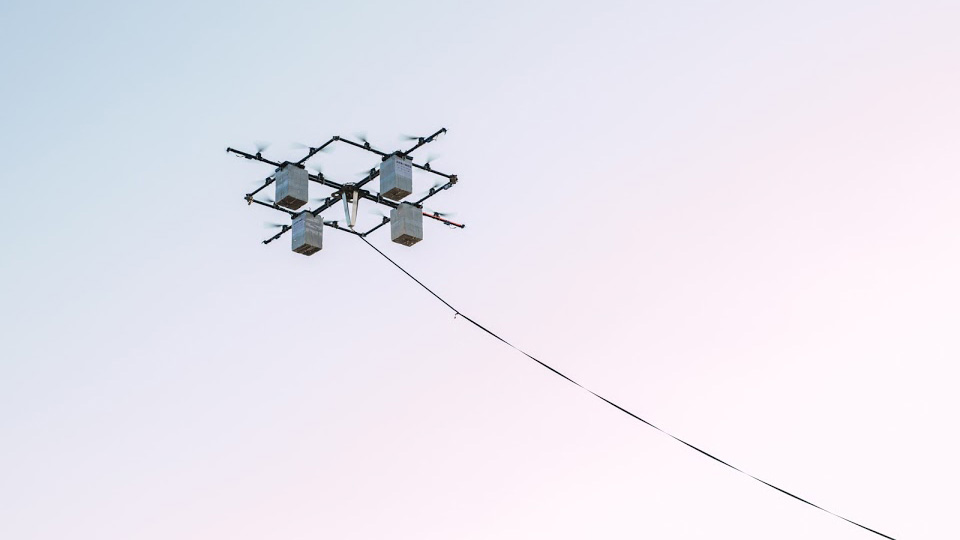The brain-controlled drone swarm revolution is coming

Drone technology has, in a few short years, upended a lot of conventional thinking around logistics, surveillance, photography and many other industries.
But it's nothing compared to what the next round of drone technology will enable, according to Panos Artemiadis, director of the Human-Oriented Robotics and Control (HORC) Lab at Arizona State University.
Artemiadis is predicting that imminent brain-computer interface technology will revolutionise our relationships with drones, allowing us to control swarms of UAVs at the same time and do things that would be impossible with a single drone.
Applications
For example, humans could collaborate with swarms of robots in search and rescue missions. A large swarm of bots can cover more ground in less time than a single drone or a team of humans can.
They could also be used in agriculture, upping the efficiency of irrigation planning and identifying crop infections and infestations. They can deliver targeted herbicide or pesticide at a specific location, rather than carpet-bombing an entire field.
Or, a drone swarm could be used in firefighting - especially when it comes to forest fires that spread across large areas. A drone swarm, equipped with thermal cameras, could track the progress of the fire in real-time, feeding data back to operators.
Finally, Artemiadis even suggests drone swarms could be used in surveillance - covering more angles than a single drone or unmoving collection of cameras can - or entertainment - where drone swarms could shoot video from multiple angles and allow the viewer to choose which they want to watch.
Sign up for breaking news, reviews, opinion, top tech deals, and more.
Drone swarms using human-brain interface mechanisms will, in the next three to five years, make inroads where individually controlled UAVs cannot, Artemiadis says.
